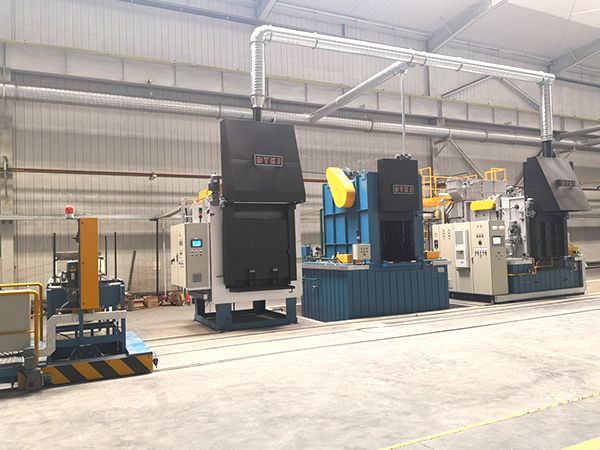400-000-0000

Provisions for the process specification of the nitriding furnace:
I. Nitriding temperature
1. It is commonly used at 500-530 ℃, which can ensure a large dispersion of nitride and high hardness.
2. As the nitriding temperature increases, the depth of the nitrided layer increases, and the hardness decreases significantly. Nitriding is greater than 550 ° C, and the high hardness of most steel types is less than 1000HV
3. Using two-stage nitriding method, the temperature of the second stage is usually lower than 560 ℃
Second, nitriding time.
1 The nitriding layer thickens with the extension of time, the initial growth rate is large, and then it gradually becomes slower. Generally, the nitriding rate is about 0.01mm / h
2 With the increase of the holding time, the nitrides grow up and the hardness decreases. The higher the temperature, the longer the time, and the stronger the growth
Third, ammonia decomposition rate
1 When the decomposition rate is 20 to 40%, there are many active nitrogen atoms, and the surface of the part can absorb a large amount of nitrogen.
2 When the decomposition rate exceeds 60%, the hydrogen content in the atmosphere is as high as 52% or more, and denitrification will occur. At this time, not only the number of active nitrogen atoms will decrease, but also a large number of hydrogen molecules and nitrogen molecules will stagnate near the surface of the part, making nitrogen atoms difficult. It is absorbed by the surface, thereby reducing the nitrogen content on the surface of the part and reducing the depth of the nitriding layer. Before nitriding, the air tightness of the heating furnace, nitriding tank and the pipe joints of the entire nitriding system should be checked to ensure that ammonia gas does not leak and that the pipeline is free from obstruction.
